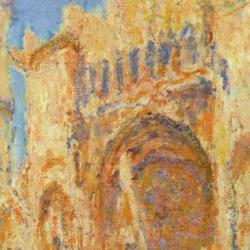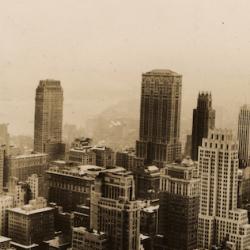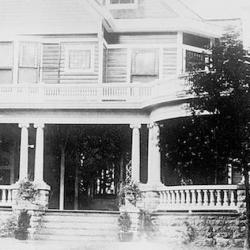Listening to architect Daniel Lee teach a Theopolis course this week, I had many moments of insight. Here are a couple of them.
Daniel offered a brief but penetrating analysis of the structure and message of the Pantheon of Rome. A house for all the gods, it was church-in-the-round, a round table of deities. Foreign gods were added as new territories were conquered, and each of these gods got a place at the table. In tolerant Rome, all gods were equal, so long as they were willing to share deity equally with the rest of the Pantheon.
The Pantheon was a monumental expression of Roman political theology.
Israel’s architecture was radically different in design. The biblical sanctuaries were not circles but rectangles. They formed a path, a way, and there was only one way to get to the one inner sanctuary of the one God. The tabernacle and temple were architectural embodiments of monotheism, and of a view of time as a journey toward a definite end in the one God.
Yet the sanctuaries also embodied the pre-eschatological state of the worshipers. If you took the journey toward the inner sanctuary, you would eventually reach . . . an empty throne, but no image. The sanctuaries left Israel waiting for the end of ends, only in the new creation when they see God face-to-face.
Christian architecture sometimes took up the Pantheon’s circular design, but the nave became the dominant floor plan. Like Old Testament sanctuaries, church naves form pathways. In Christian churches, the path leads to a table where God offers Himself not as an image to be viewed but as bread of life to be eaten.
Daniel also reminded us that architectural structures are designed to distribute pressure and weight. Each part of an arch leans on the next, until the load bears down on the columns beneath. This is one of the significant ways that buildings represent communities, and vice versa. The church is a building of God in this sense, each living stone designed and placed to bear the burdens of the other stones, the pillars (pastors and leaders) placed to bear the load of the whole.
Buildings are mirrors, reflecting back to us who we are. Ideally, buildings are exhortations in stone, telling us how we ought to live together.











